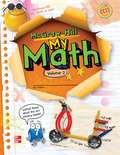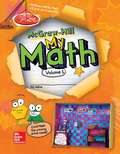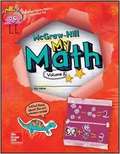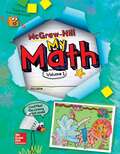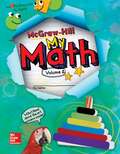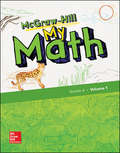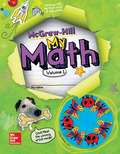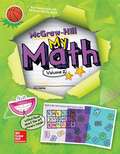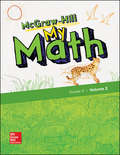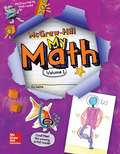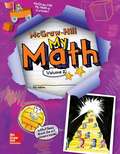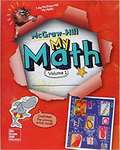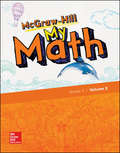- Table View
- List View
My Math (Grade #3)
by McGraw Hill Education StaffThis set provides the consumable Student Edition, Volume 2, which contains everything students need to build conceptual understanding, application, and procedural skill and fluency with math content organized to address CCSS. Students engage in learning with write-in text on vocabulary support and homework pages, and real-world problem-solving investigations.
My Math [Grade 1, Volume 2] (Elementary Math Connects)
by Carter McGraw-Hill EducationNIMAC-sourced textbook
My Math [Grade 4, Volume 1]
by Altieri Balka Day Gonsalves Grace Malloy Molix-Bailey Reynosa Silbey Vielhaber Price Carter Cuevas Krulik Moseley Mowry Myren Santa CruzNIMAC-sourced textbook
My Math [Grade 5, Volume 1]
by Altieri Balka Day Gonsalves Grace Malloy Molix-Bailey Reynosa Silbey Vielhaber Price Carter Cuevas Krulik Moseley Mowry Myren Santa CruzNIMAC-sourced textbook
My Math [Grade K, Volume 1]
by Altieri Balka Day Gonsalves Grace Malloy Molix-Bailey Reynosa Silbey Vielhaber Price Carter Cuevas Krulik Moseley Mowry Myren Santa CruzNIMAC-sourced textbook
My Math [Grade K, Volume 1]
by Altieri Balka Day Gonsalves Grace Malloy Molix-Bailey Reynosa Silbey Vielhaber Price Carter Cuevas Krulik Moseley Mowry Myren Santa CruzNIMAC-sourced textbook
My Math [Volume 1, Grade 1] (Elementary Math Connects)
by Carter McGraw-Hill EducationNIMAC-sourced textbook
